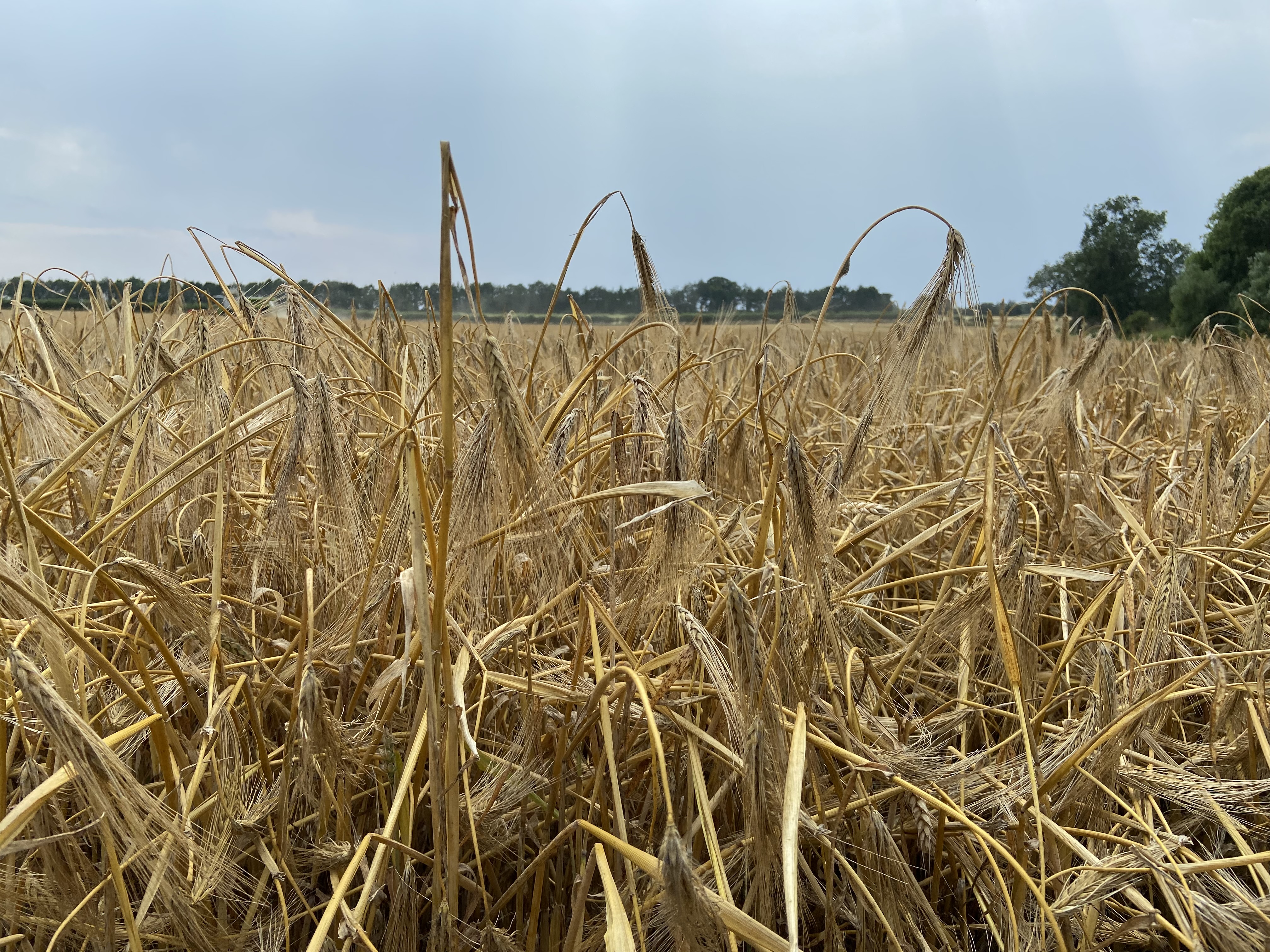2020 - The season so far…
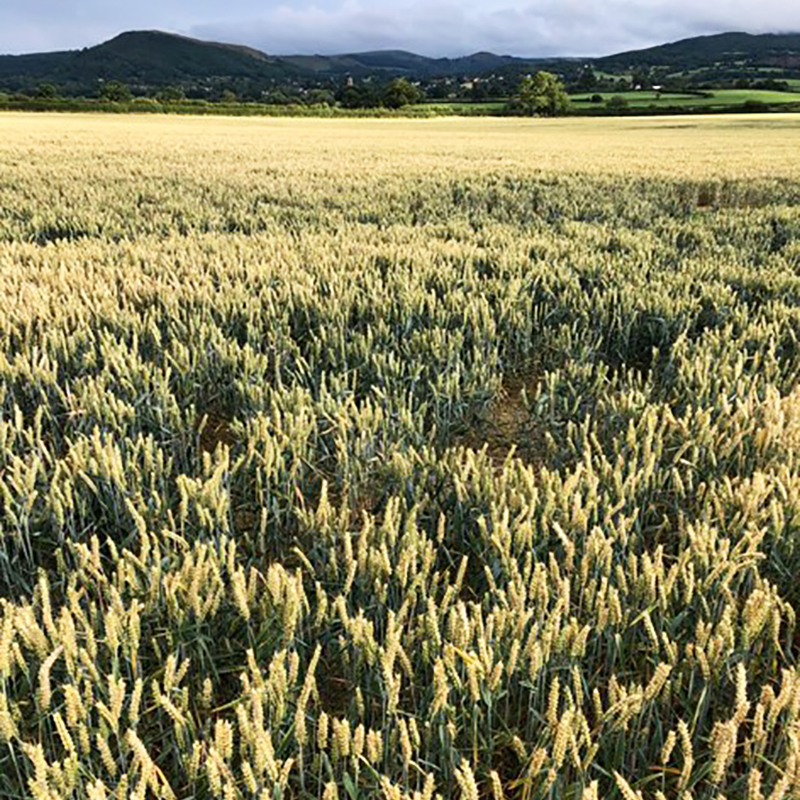
With Harvest 2020 almost upon us and the new cropping cycle creeping over the horizon, we’re kickstarting our autumn crop protection campaign with a quick regional round up of the season so far.
.png?width=60&name=circle-cropped%20(1).png) Will Nicholls – The North and North Midlands
Will Nicholls – The North and North Midlands
.png?width=60&name=circle-cropped%20(2).png) Matthew Martin – The South and South Midlands
Matthew Martin – The South and South Midlands
.png?width=60&name=circle-cropped%20(4).png) Chris Stockdale – East Anglia and the South East
Chris Stockdale – East Anglia and the South East
How have crops progressed in the last few months and what are current yield predictions looking like?
WN: For those winter crops which were drilled on time and in decent conditions back in the wet autumn of 2019, they are generally looking well, with wheat crops currently ranging from a soft dough stage to point of harvest. For the latter, a few growers have a started harvesting, but on the whole harvest isn’t due to get underway in earnest for another 10-14 days (weather permitting).
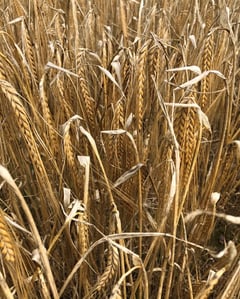 Barley crops are close to being harvest-ready in the Midlands
Barley crops are close to being harvest-ready in the Midlands
Oilseed rape crops continue to look fairly disappointing so far, with uneven ripeness meaning desiccation (and extra spend) is required for many crops. Issues with flea beetle damage and poor growing conditions last autumn have meant that any later sown crops are expected to yield below average, raising further questions about future break crop options.
On the whole spring sown cereals are doing OK, although the hot and dry spring did result in some crop bleaching, with the rain that followed too late to restore the worst affected crops. That said, the rainfall did benefit a large percentage of spring crops at a critical time and gave a boost to the residual activity of herbicides, especially in beet crops which were previously struggling.
MM: The dry spring weather which lasted until the end of May/beginning of June encouraged the maturation of many forward crops, especially winter barley. Unfortunately, the uneven growth patterns of a lot of oilseed rape has resulted in the unbalanced ripening of crops, therefore requiring them to be sprayed off for desiccation.
A lot of later drilled winter cereals, and many spring crops, have benefitted from the rains that arrived following the long dry spell, with yield predictions ranging from good for crops where disease pressure was low (typically in western areas), to poor for those crops which were drilled late and slowed by waterlogged soils in autumn and drought conditions in the spring.
CS: Cereals and beans which established well last autumn are expected to achieve average yields, thanks largely to a relatively low disease year in general. However, there are some concerns regarding those crops which were affected by low rainfall during the spring – a factor which could easily cause yields to be stifled.
A significant proportion of spring-sown cereals and beans are anticipated to underachieve as a result of the spring’s dry conditions which made crop establishment tricky.
How has the weather in recent weeks affected progress?
WN: At the moment, many winter crops are a little ahead of their normal development for this time of year, with recent rainfall doing some good work to help crops reach the final stages of maturity. With the long-range forecast for the remainder of July looking a little more settled, things should hopefully work out well for harvest. We just hope the rain knows when to stop this year!
MM: As mentioned above, the extreme weather patterns over the last 12 months really have dominated proceedings, with everything from flooding through to drought conditions taking their toll on crop performance.
CS: While the dry spring meant weeds were slow to emerge, the lack of moisture also meant residual herbicides struggled to perform properly. This has resulted in an increased demand for late season herbicides, but unfortunately this has led to some supply issues for herbicides and insecticides.
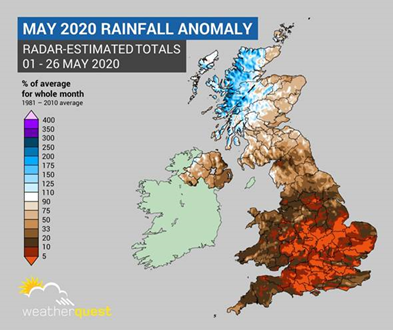 Low rainfall in May has affected crop development and yield potential in all corners of the UK.
Low rainfall in May has affected crop development and yield potential in all corners of the UK.
How badly have crops been affected by pest and disease damage, and how have growers and agronomists responded to these challenges?
WN: There has been a noticeable rise in populations of beneficial insects – in particular ladybirds – which has helped to control aphid populations in standing crops. The ongoing disease focus is mainly on pulse crops, with chocolate spot and rusts on the radar for beans. Strobulurin/azole combinations have proven to be a useful ally when targeting these issues with Custodia (azoxystrobin & tebuconazole) available for use up to BBCH 75 (fruit reached 50% of final size).
MM: We saw high levels of aphid infestation in the spring which meant those crops which reached their T-Sums during the warm weather required treatment, whilst others did not reach threshold before the at-risk period passed.
Yellow rust has once again been the driving disease for many growers across the central and eastern parts of the region, with the fast cycling nature of the disease meaning that even the more disease resistant varieties were challenged as the disease evolved since the Recommended List was published.
Meanwhile, low levels of rainfall during the spring greatly reduced the levels of septoria.
CS: Yellow rust has been the driver disease in susceptible varieties of winter wheats, with septoria much less of a problem: a factor which has seen some growers cutting back on their fungicide spend by using reduced quantities of SDHI and newer, more ‘expensive’ chemistries. There were also some late season concerns with high aphid numbers, and also some OWBM (Orange Wheat Blossom Midge).
Winter barleys have also benefitted from low levels of disease in general, although there have been some late season concerns about stress-related ramularia which resulted in an increased demand for Arizona (folpet 500g/L).
Virus yellows are appearing in sugar beet crops following high levels of early season aphid pressure, even after multiple insecticide applications being made.
Meanwhile, oilseed rape spray programmes are finished with some crops already harvested. Despite spending less on OSR fungicides as a result of the year’s low disease pressure, CSFB woes will see many farmers dropping this crop from next season’s rotation as they have simply had enough. Additional pressure from seed weevils in mid-April (particularly in Norfolk) has only exacerbated frustrations. We saw increased demand for Mavrik (tau-fluvalinate 240g/L), with growers appreciating its reduced impact on beneficial organisms.
Has harvest started yet, if not, when is activity due to start?
WN: As mentioned previously, a few growers have started cutting wheats, but on the bulk of harvest is still 10-14 days away.
MM: Some early sown winter barley was harvested in the first couple of weeks of July, with the remainder expected to be taken in the next couple of weeks, although, at the time of writing, regular rainfall is slowing any thoughts of an early harvest.
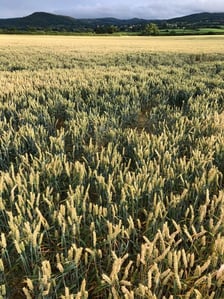 Wheat harvest is just around the corner in the western half of England
Wheat harvest is just around the corner in the western half of England
CS: Some combines started cutting in late June on the light lands in Suffolk, and if the rain stays away, we could see an early harvest.
What is the overall mood within the arable community at the moment – are growers buoyant, confident, apprehensive or uncertain about yields and markets?
WN: Most will be exceptionally glad to be reaching the end of what has been an exceptionally turbulent season. If the weather behaves and harvest progresses without too many rain-enforced stoppages, the majority of growers will be glad of the well-earned rest before the 2021 season kicks off. Given the difficulties growers have endured over the last 12 months, the general consensus is that yields will be down, with growers accepting they won’t be breaking any records this time around. With luck, final yield figures won’t be too depressing and you never know, maybe some crops will even give growers a welcome surprise. Time, of course, will tell.
MM: The mood amongst growers has seemingly become more positive as the season comes to a close. Plans for the 2020/2021 cropping cycle are already being made, with many growers and advisers looking to make the best start possible to the new season by focusing efforts on retaining as much of the currently available soil moisture to enable new crops to establish quickly and strongly.
There are some obvious concerns regarding what is anticipated to be little or no break between this season and the next, although the ongoing rains may alter this and create the necessary break for stale seed beds to be established and for growers to take a brief, but much needed rest after one of the most varied and difficult seasons in recent memory.
CS: Following what some agronomists have described as “the most challenging season”, the mood on a lot of farms is quite low, especially in areas where the lack of any meaningful rain in May will have the knock-on effect of lower crop yields. Farm managers are starting to voice concern about their ‘cash flow’ for the next cropping season.
What are your predictions for the next growing cycle in terms of rotations, crop protection challenges and cropping strategies?
WN: The biggest difficulty going into the new cropping year will be finding the resolve to hold off drilling in bad black-grass situations. With the flood conditions of Autumn 2019 still fresh in the memory, few growers will want to sitting on a supply of seed heading into the late autumn. As a result, we are likely to see a shift to earlier autumn sowing which, despite crops potentially growing away more quickly in warmer soils, will inevitably lead to all sorts of problems for weed, pest and disease management.
MM: Many advisers have suggested that their growers will aim to have winter wheat drilled by the end of October at the latest. Likewise, winter barley is likely to go in sooner rather than later (by the end of September in most cases).
The perennial question regarding break crops continues to abound, especially as OSR acreages are likely to be much reduced once again. There are plenty of alternative options available, but many suffer from a lack of crop protection options to make them viable where a range of weeds require control.
CS: With many growers giving up on OSR and looking at other crops to fit into their rotations, it remains to be seen if those outside the CSFB hotpots will take up the slack and give this crop a lifeline… it’ll be intriguing to see how the situation develops.
It will also be interesting to see what impact the recent closure of pubs and ongoing partial limitation on social activities has on the malting barley market and how or if growers react. Meanwhile, black-grass continues to be the main weed concern for the majority of growers in the east, albeit there are areas of ‘difficult’ ryegrass emerging in Kent and Essex.
 United Kingdom
United Kingdom Select country
Select country


